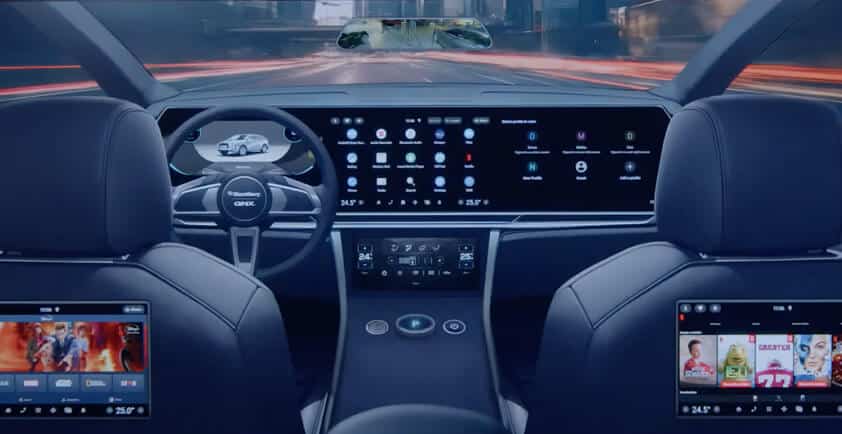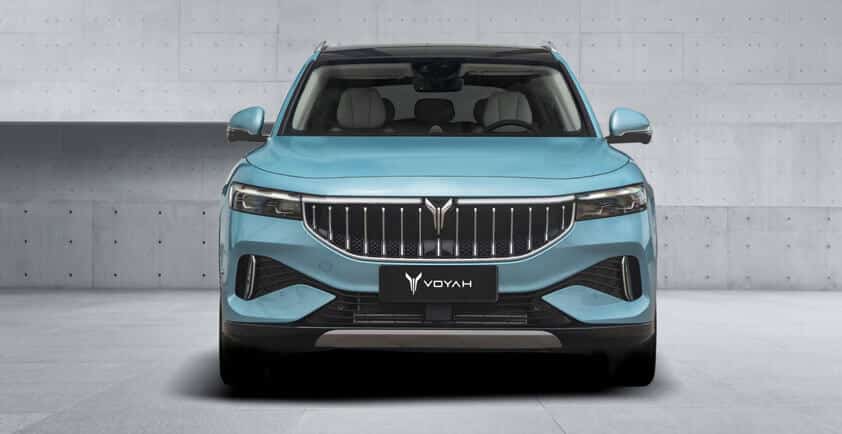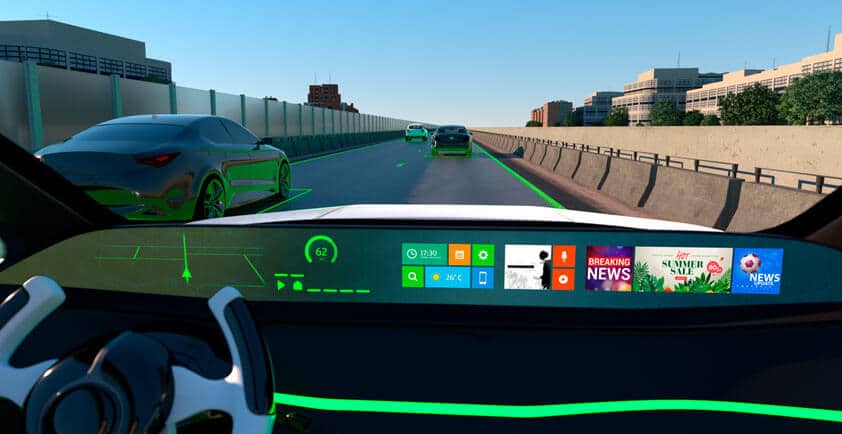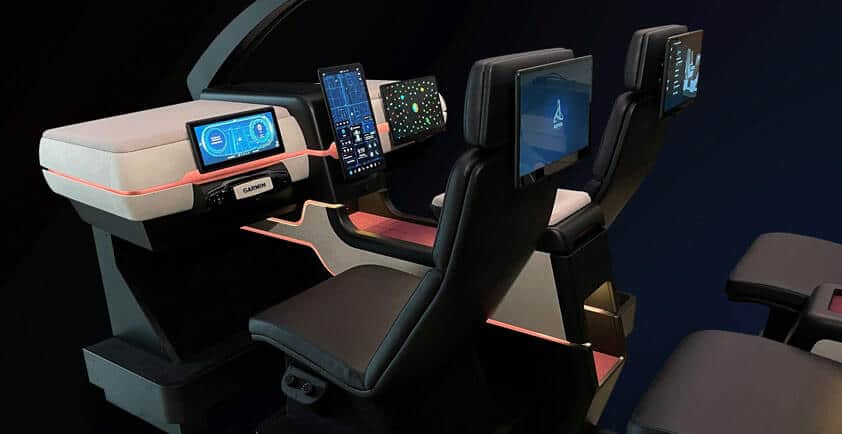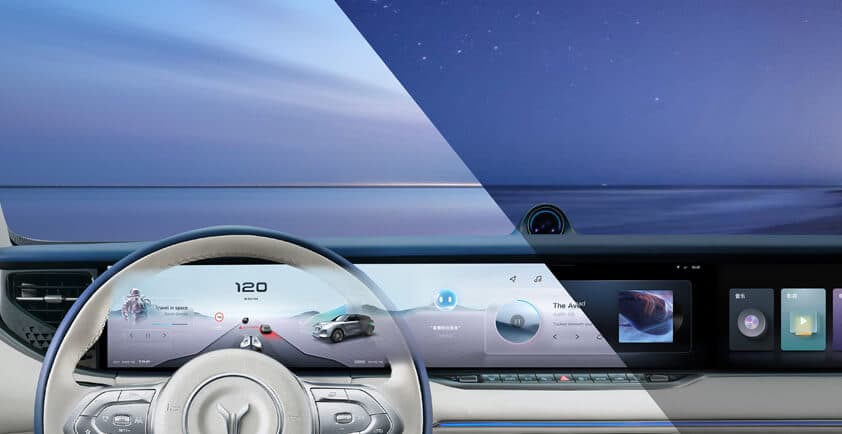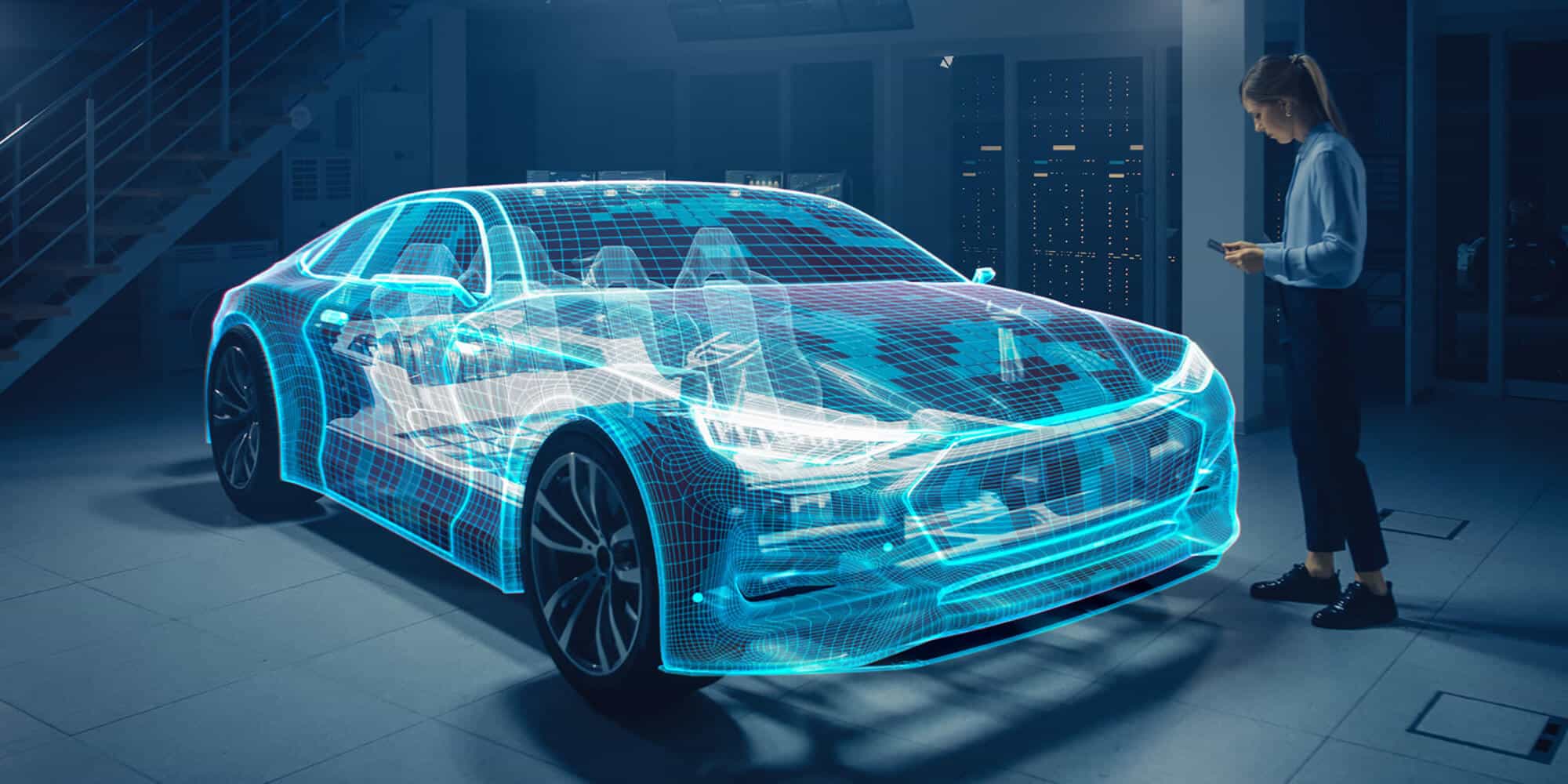
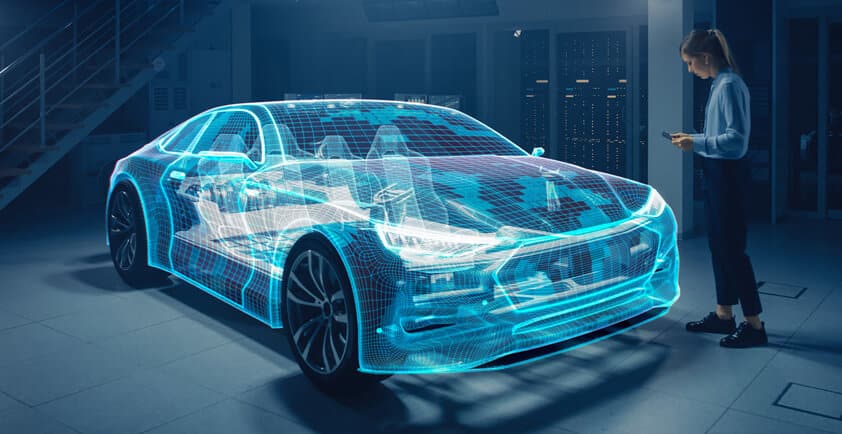
HOW AWS IS ENABLING THE NEW ERA OF AUTOMOTIVE DIGITAL EXPERIENCES
Cars used to be about physical characteristics such how they looked and how powerful they were. But now there’s a new area that is increasingly important to buyers: The digital experience that their cars provide. This can enable innovative ways for automakers to differentiate themselves and deliver exciting features for their customers.
Welcome to the first episode of "Get In: The Connected Vehicle Podcast from BlackBerry." This series will explore the possibilities created by — and technologies behind — the revolution in global transportation we are witnessing today.
In this first episode, we meet Nick Lefler, worldwide business lead, Automotive Industry Products at Amazon Web Services (AWS). AWS is not only the world's largest provider of cloud computing services, it is also BlackBerry’s leading partner in the BlackBerry IVY™ initiative, a key enabler for providing the underlying infrastructure for superlative digital vehicle experiences.
The Road to Digital Innovation
The road toward elevating automotive digital experiences has been a long and twisty one. It started with satellite navigation and infotainment, which is where Lefler first began his work in this area.
"I spent a lot of years at HERE Technologies," says Lefler. "Some people know them by their former name, NAVTEQ. The focus there was on improving the infotainment experience in the vehicle, the navigation system, the music, and the HVAC. That’s what a lot of consumers think about when they think about technology in their car — that dashboard experience. That's where the auto industry really started innovating in software first, making sure that the map data was up to date, that there was live traffic information coming in, or that your car could tell you the weather outside."
However, our relationships with our smartphones fundamentally changed all that, creating new parameters for how we view interfacing with technology. Now, we want that same personalized, super-responsive, data rich relationship with our automobiles.
The challenge for carmakers today, Lefler says, is "trying to make that experience more competitive with what you get on your phone — maybe even better, with a bigger screen or better displays, and fresher data." The fact that automotive platforms carry many times the computing power of phones — and that fast and pervasive connectivity between cars and the cloud is a huge game-changer — are among the reasons Lefler decided to join AWS, where he is now aiming to develop the foundation for vehicular digital experiences that delight the driver. "What we're doing in vehicles is trying to help the underlying architecture, the things you don't see, all the different systems that talk to each other and share data back and forth."
A key element for this is how the myriad of each vehicle’s sensors and systems share information. "The things you're using get better when they have a better foundation under them, and the ability to get the right information and data from other vehicle computers and systems," says Lefler. This can enable a greater range of features in the car itself. "We get to unlock all sorts of data access, and insights, and use machine learning and AI, and really cool stuff that's previously been done in the cloud. We get to do that now in cars. Users will start experiencing all sorts of improvements, and intelligence, and experiences, and personalization to the things they see in the vehicle because the underlying architecture is modernized and improved."
Unlocking New Automotive Experiences
"Applications are trying to be smarter and more personalized in the vehicle and to take advantage of all the technology that's there," continues Lefler. "There are more cameras in the vehicle pointing in every direction, including inside. There are sensors on the seats and the seatbelts and the doors, and there's temperature, and there's traffic and weather information coming in, so there's all this data there that could improve applications and experiences in the vehicle, but it's just difficult to use."
AWS found that it had the expertise to integrate data and deliver new features from the combinations of sensor telemetry, but there was also a need to manage that data securely within the vehicle. "How do I fix the architecture of my vehicle so that I can still have all the hardware and all the really protected systems that are important for safety, but for the user experience and the way you interact with your car, I can update those things and change them over time?"
This is where AWS sees its partnership with BlackBerry as so important because it delivers the data required in a secure way. "We're excited about the partnership because we're customer-obsessed at Amazon. We've been solving cloud problems for our automotive customers for years, but they have expressed that there's a lot of problems in the vehicle that need to be tackled too," says Lefler.
"We set out to solve those problems specifically and needed a partner that understood at a root level what's happening in the vehicle." The BlackBerry® QNX® platform, with its installed base of 195 million vehicles worldwide, provided the solid base of experience that AWS required. "A lot of people don't know it, but QNX is in their vehicle doing a lot of the heavy lifting — the hard things that they don't see — and it's keeping their vehicle safe, it's keeping it on the road, it's powering things like the reversing camera or the emergency braking system. We looked for a partner and found that BlackBerry QNX understood things in the vehicle in a way that made the automakers feel safe."
Supporting the Developer Community
In particular, BlackBerry looked like the ideal company to deliver the layer required between vehicle systems and AWS’s cloud. "We can hyperscale things across the globe for our customers," says Lefler, "but we obviously lacked the understanding of the things happening in those vehicle systems, and so that was the perfect partnership." The BlackBerry IVY platform BlackBerry is developing with AWS provides a virtualized layer that standardizes how data is exposed to software developers across a wide range of disparate vehicle models and types, allowing the vehicle to truly become "software-defined."
"The challenge is that vehicles are all different, even within the same brand, from one model year to the next, or even from one trim level to the next," says Lefler. "If I'm a developer and I want to build something for that vehicle, I've got to build it differently for each one, and suddenly, I lose economies of scale." According to Lefler, BlackBerry IVY answers the question, "How do we take the raw information in a vehicle on one side and the developer on the other side and connect them?" BlackBerry IVY lays a foundation for supporting a vigorous developer community "by abstracting away the complexities and the uniqueness," Lefler says.
Perhaps the most important thing about BlackBerry IVY for the automakers who implement it, Lefler says, is how it exposes functionality without taking away their ability to differentiate themselves and their products. "We're not trying to take control or ownership of the customer or the data," says Lefler. "We're just giving you tools that you can use to create communities, attract developers and build your own network and solutions."
BlackBerry IVY and QNX provide the solid — and safe — foundation for this. "Driving safety is Job One. Then, the safety and security of customer data is also very important. Of equal concern is privacy. If this is my vehicle, I bought it, I own the information coming from this vehicle."
With these foundations laid, the vehicle can become a living, evolving platform for which developers can confidently provide a constant flow of new features to delight customers. In the new world of software-defined automobiles, "You expect your vehicle to improve over time," concludes Lefler. "You expect it to be an asset that doesn't just get old from the day you drive it off the lot. If you’re an automaker, you also want to make sure that you own this special relationship with your customer. We want to help in a way that maintains that branding and that relationship and creates those customer experiences. If we're behind the scenes, behind the curtain, then that's even better."
Author - Steve Kovsky is Editorial Director at BlackBerry.
